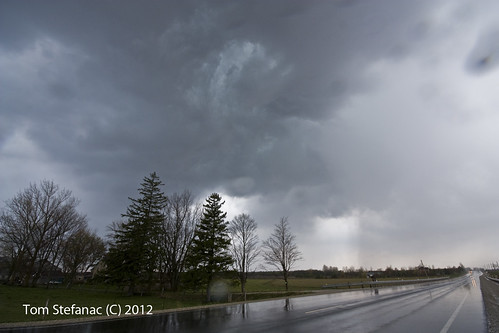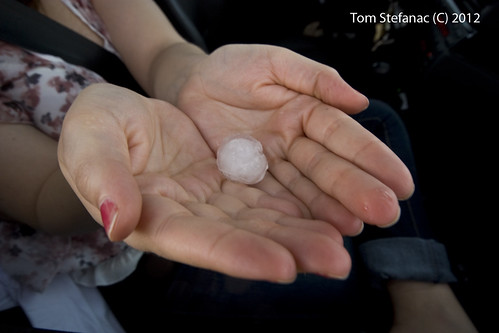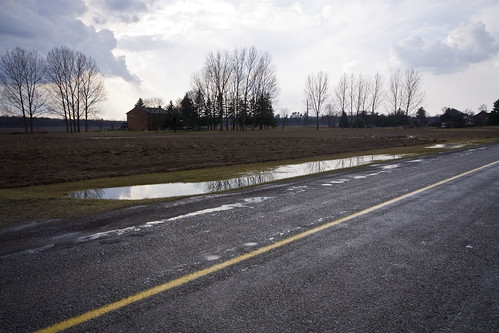
Plenty of local flooding from the near stationary storms!
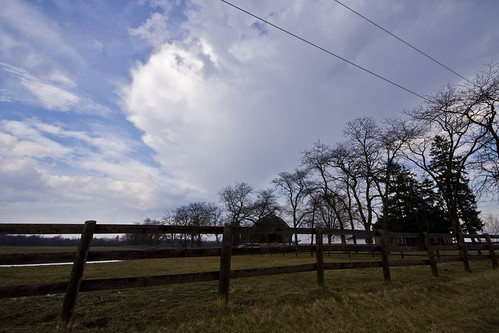
A nice orphan anvil drifting over a ranch
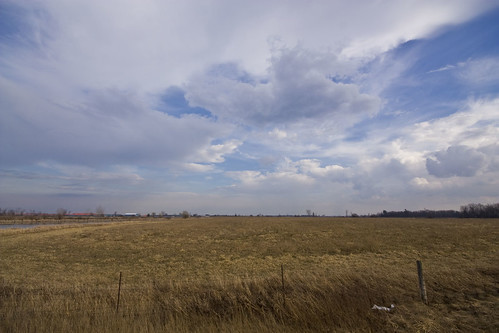
The fence, the ground, the sky, the shrubs... for a minute I thought I was in Dumas, TX!!! If your wondering I'm about 30 km NW of Toronto.
What a beautiful March sky!
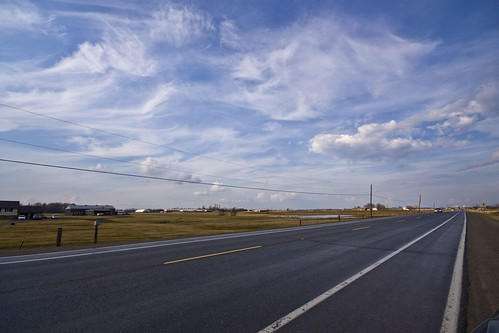
Even if there were no storms the drive into the country was great! What a beautiful day!
FYI - Yes, Southern Ontario is mostly flat and totally chaser friendly, but there are some hilly and tree covered areas. It's a lot like Indiana for the most part with some places bearing a stark resemblance to Eastern & Central Oklahoma.
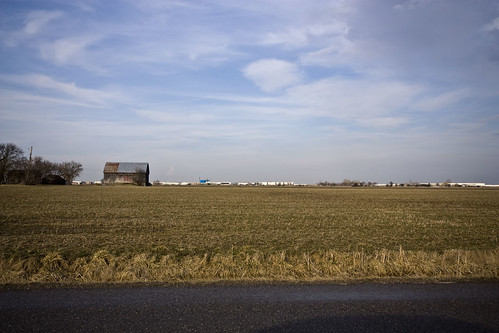
I just loved the cirrus & the still brown fields, what contrast!

Another shot of the tablet with the default roads visible
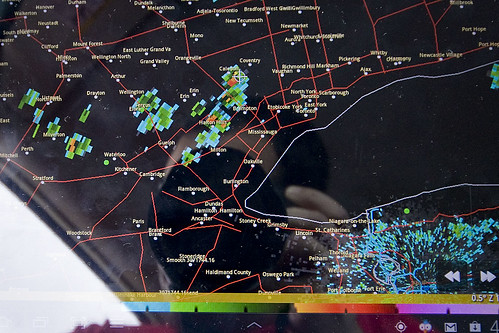
Tight shot of the screen showing the radar & my GPS location plus Spotter Network

Here I am using my Galaxy Tab 10.1 to chase the storms and basically test the whole system which I must say works very well!
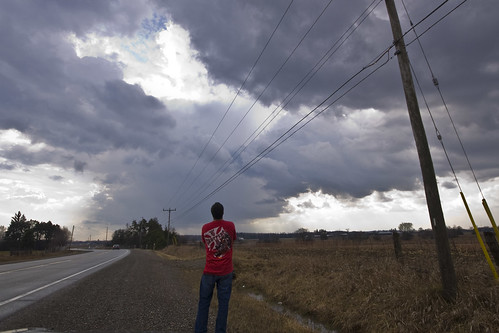
Looking at the first "storms" of 2012 I've chased - It felt amazing to be outside in 22C weather enjoying tower cumulus, cumulonimbus clouds and the smell of the rain with some soft thunder.
Sure the storms were nothing to write home about but I really just went to enjoy a beautiful Sunday afternoon in May - I mean March!
